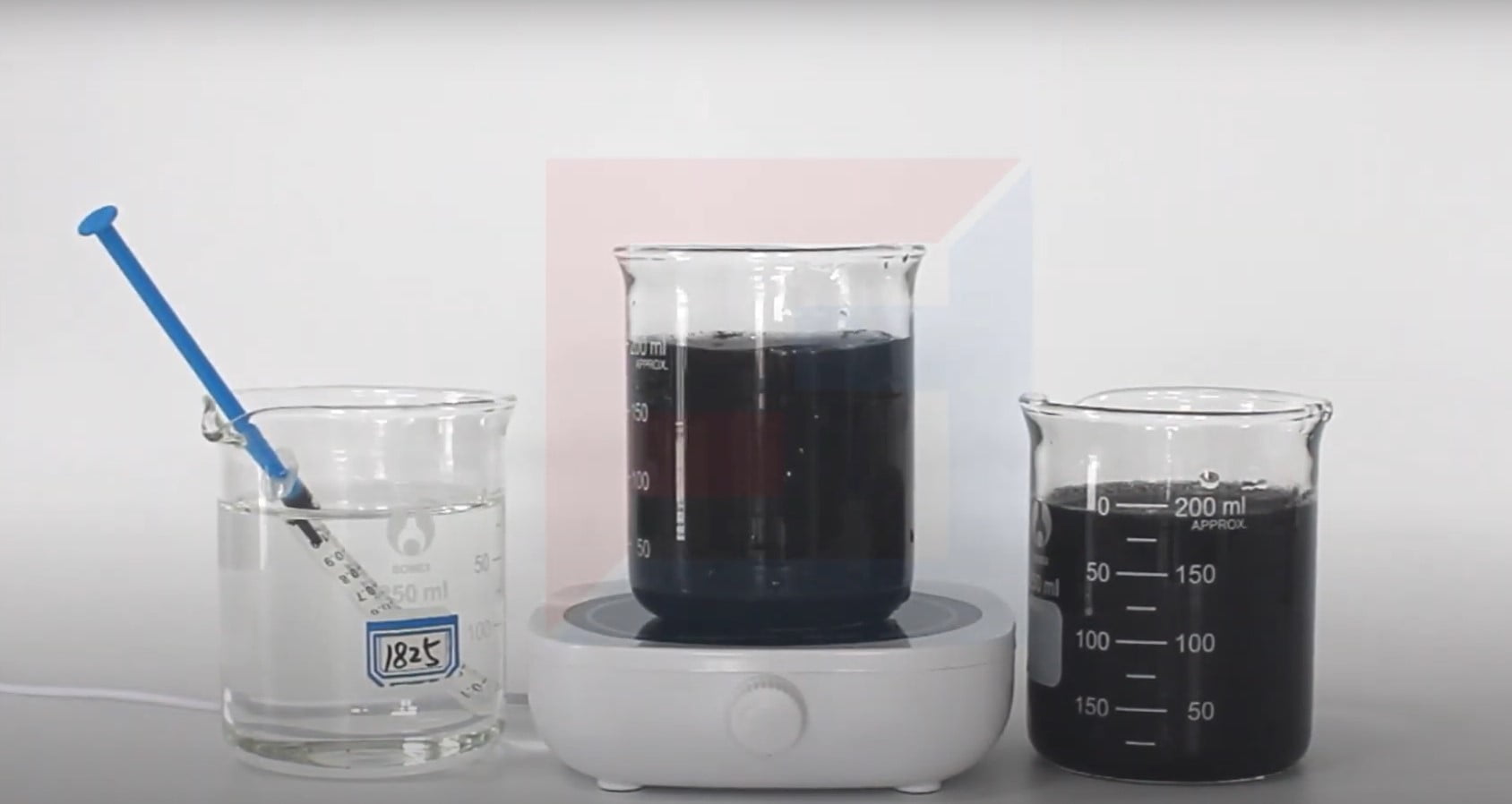Urban Domestic Sewage Treatment Polyacrylamide
Polyacrylamide and sewage treatment flocculants are more important in urban domestic sewage treatment solutions. Domestic sewage treatment has always been a difficult problem. In the past, septic tank sedimentation and anaerobic fermentation were commonly used, although they have certain effects on suspended matter and parasite eggs. It has a certain removal effect and does not have the function of nitrogen and phosphorus removal, so it can no longer meet the needs of water pollution prevention and water environment protection. In recent years, the technological development of small sewage treatment stations and sewage treatment equipment suitable for residential areas has developed rapidly, and industry has combined the use of sewage treatment flocculants.

The evolution of domestic sewage treatment technology in residential areas has gone through a process from one process to a combined process. From the perspective of whether it is aerobic, it develops along the trajectory of "anaerobic → aerobic → anaerobic + aerobic → anaerobic + hypoxia". From the perspective of removal objects, the current process also has the function of nitrogen and phosphorus removal. Biological contact oxidation method is a sewage biological treatment technology between activated sludge method and biofilm method, which combines both. Its main structure is a biological contact oxidation tank, which is filled with filler. Oxygenated sewage flows through the filler immersed in it at a certain flow rate, forming a biofilm on the filler. Sewage is in extensive contact with biofilms. Under the action of microorganisms on biofilms, organic pollutants are removed and sewage is purified. Since the pool has good environmental conditions suitable for microbial habitat and proliferation, the biofilm on the biofilm is relatively rich in organisms, has a long food chain, high microbial concentration and strong activity, does not cause sludge expansion, produces less sludge, and is easy to precipitation. Biological contact oxidation has a variety of purification methods. In addition to removing organic matter, it can also deoxidize and remove phosphorus if run properly. The key part of the biological contact oxidation method is the filler. Traditional honeycomb plastic pipes are prone to clogging. Nowadays, hanging soft fillers and suspended or semi-suspended spherical fillers are often used, which can effectively prevent clogging, and have a larger area and better treatment effect. Biological contact oxidation method is one of the earlier technologies used in domestic sewage treatment in residential areas. Its main process flow is: raw sewage → primary sedimentation tank → contact oxidation tank → secondary sedimentation tank → disinfection tank → discharge of primary sedimentation tank and secondary sedimentation tank The tanks are all vertical flow sedimentation tanks.
Let it play its role, with strong impact load resistance and stable processing effect. The main process flow is: raw sewage → grille → top aeration adjustment tank → section A aeration tank → section A sedimentation tank → tank → section B activated sludge method, referred to as AB method. The Act considers sewage pipes and sewage treatment plants to be a sewage treatment system. The characteristics of the process are: there is no primary sedimentation tank, section A has a higher load, section B has a lower load, and the sludge in sections A and B is returned separately.
